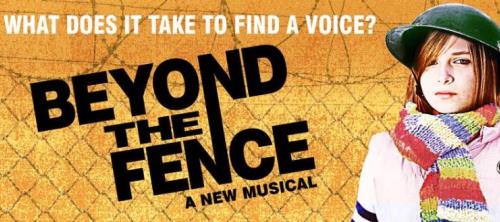Calqué sur une étude statistique de ce que peut être la «recette du succès» de hit-musicals, ce spectacle expérimental unique a été créé en collaboration avec des experts en musique, en informatique et en science de la créativité humaine, ainsi que du compositeur Benjamin Till et de son mari, l’écrivain et acteur Nathan Taylor, l'équipe gagnante du «Our Gay Wedding: The Musical (Channel 4)». Le metteur en scène Luke Sheppard apportera toute une gamme de matériel informatique qui avec l’aide d’un cast talentueux donnera vie à un spectacle du West End émotionnellement puissant et passionnant.
Un musical créé par ordinatuer… Une blague? Pas tant que ça
The process began with a predictive, big data analysis of success in musical theatre, conducted by Dr James Robert Lloyd, Dr Alex Davies and Prof Sir David Spiegelhalter (Cambridge University). They interrogated everything from cast size, to backdrop, emotional structure to the importance of someone falling love, dying (or both!) – in more and less successful shows – to create a set of constraints to which the musical had to conform, to theoretically optimise chances of success.
Next, the team visited what’s known as the What-If Machine[1] at Goldsmiths, University of London. With Prof Simon Colton, Dr Maria Teresa Llano and Dr Rose Hepworth at the helm, the machine generated multiple central premises, featuring key characters, for the new show. The team selected this as the starting point and the original idea for the musical:
What if a wounded soldier had to learn how to understand a child in order to find true love?
A plot structure for the musical was also generated computationally, thanks to work led by Dr Pablo Gervás (Complutense University of Madrid). A brand new analysis of musical theatre narratives enabled him to adapt an existing story telling computer system, called PropperWryter, to turn its hand to musicals and build the core narrative arc of the new show.
Taken together, all of the above enabled the precinct for the emerging story to be identified: Greenham Common. The team then wrote a book and lyrics (with the assistance of some other computational tools) that fitted all these constraints.
Finally, the music material has been provided by Dr Nick Collins (Durham University), who has created a computer composition system he calls Android Lloyd Webber based on a machine listening analysis of musical theatre music, conducted by Dr Bob Sturm (QMUL) and Dr Tillman Weyde (City University). Additional computer music material will be generated using the FlowComposer[2] system created by Dr Pierre Roy and Dr Francois Pachet (SonyCSL, Paris).
- See more at: http://beyondthefencemusical.com/the-science#sthash.ebxueWyu.dpuf

.png)
.png)





